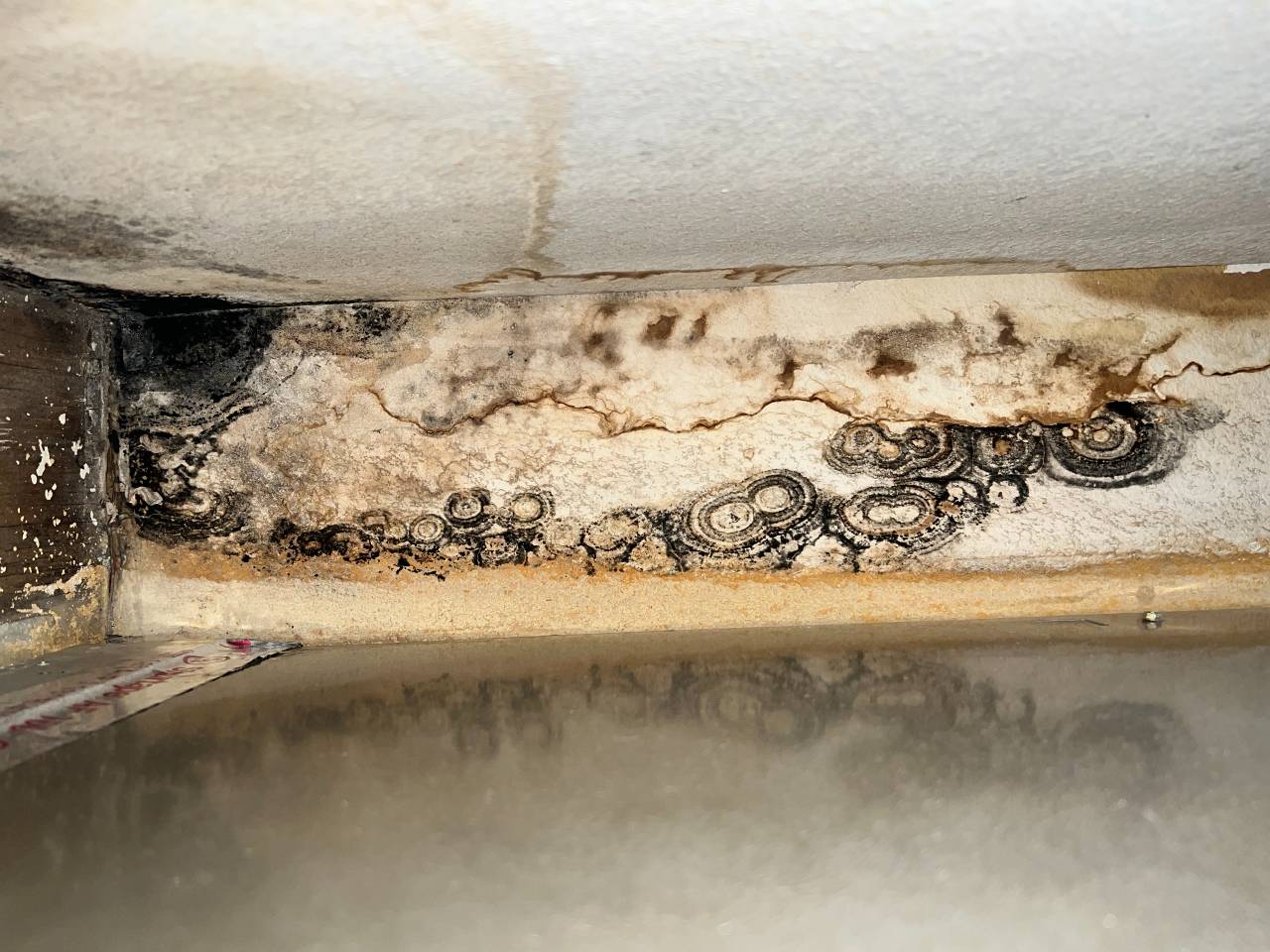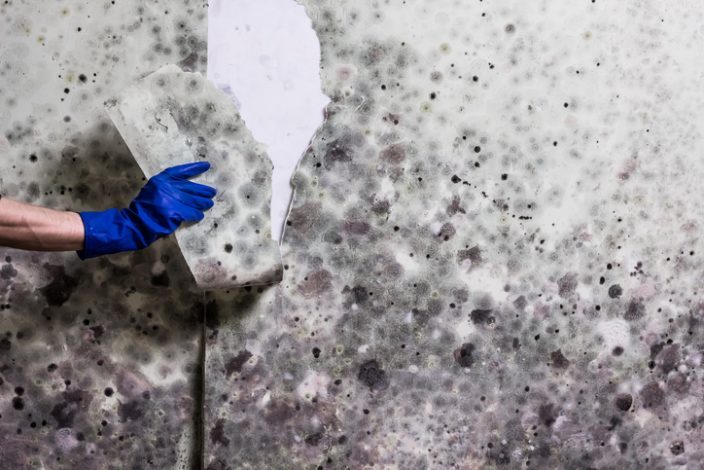Effective Post Mold Remediation Cleaning Protocols
Effective Post Mold Remediation Cleaning Protocols
Blog Article
Your Ultimate Guide to Message Mold Remediation Strategies
In the after-effects of mold problem, recognizing exactly how to properly remove the mold and stop its reoccurrence is paramount for keeping a healthy indoor setting. From choosing the right cleansing and sanitizing methods to executing approaches for long-term mold avoidance, each step in the removal trip plays a critical role in ensuring a successful outcome.
Recognizing Post-Mold Remediation Process
After finishing the mold and mildew removal procedure, it is important to understand the post-mold removal strategies that are required to guarantee a effective and thorough cleaning. As soon as the mold and mildew has actually been gotten rid of, the following step involves cleansing and disinfecting the influenced locations to avoid any type of regrowth of mold and mildew.
Moreover, conducting a final inspection post-remediation is crucial to ensure that all mold and mildew has been successfully eradicated. This assessment should entail a detailed visual check along with possibly air sampling to confirm the lack of mold and mildew spores airborne. If the assessment reveals any type of remaining mold, extra removal might be required. Informing owners on preventive procedures such as regulating moisture levels and promptly addressing any water leaks can assist preserve a mold-free setting.
Reliable Cleaning Up and Decontaminating Approaches

Stopping Future Mold Growth

Importance of Appropriate Ventilation
Proper air flow plays an essential function in avoiding dampness buildup, a vital variable in mold and mildew development within indoor atmospheres. Efficient ventilation systems help remove excess moisture from the air, lowering the possibilities of mold spores finding the moisture they need to spread out and germinate. Without sufficient ventilation, interior spaces can become a breeding place for mold and mildew, leading to prospective wellness dangers and structural damage.
By making certain correct air flow, ventilation systems can likewise aid in drying out damp areas quicker after water damage or flooding incidents, better hindering mold development. testing air quality after mold remediation. Precede like shower rooms, cellars, attic rooms, and kitchens where dampness levels tend to be higher, installing and keeping efficient air flow systems is critical in protecting against mold and mildew problems

Surveillance and Maintenance Tips
Provided the critical function that correct air flow plays in protecting against mold and mildew development, it is crucial to establish effective monitoring and upkeep tips to make certain the ongoing performance of ventilation systems. Normal evaluations of air flow systems should be conducted to examine for any type of indications of obstructions, leaks, or malfunctions that can hamper proper air movement. Tracking humidity degrees within the residential or commercial property is likewise critical, as high moisture can add to mold growth. Setting up a hygrometer can help track moisture degrees and alert property owners to any spikes that might require focus. Additionally, making sure that air filters are on a regular basis cleaned or replaced is necessary for maintaining the performance of the air flow system. Carrying out a timetable for regular upkeep jobs, such as air duct cleansing and heating and visit the site cooling system assessments, can aid protect against issues before they escalate. By remaining alert and aggressive to the problem of air flow systems, homeowner can efficiently click reference mitigate the risk of mold regrowth and keep a healthy and balanced interior atmosphere.
Conclusion
Finally, post-mold remediation strategies are crucial for guaranteeing a tidy and risk-free atmosphere. Understanding the procedure, executing effective cleaning and decontaminating approaches, preventing future mold development, keeping proper air flow, and routine tracking are all critical action in the removal process. By following these guidelines, you can successfully remove mold and stop its return, working or promoting a healthy living area for all owners.
In the results of mold problem, knowing exactly how to successfully eliminate the mold and prevent its reoccurrence is critical for keeping a healthy indoor environment. When the mold has been gotten rid of, the next step involves cleansing and decontaminating the influenced areas to prevent any type of regrowth of mold - Post Mold Remediation Report. After removing noticeable mold development, it is critical to cleanse all surfaces in the afflicted location to remove any staying mold and mildew spores. To additionally enhance mold and mildew try this out avoidance steps, it is essential to deal with underlying issues that originally led to mold development.Provided the important role that appropriate air flow plays in protecting against mold growth, it is necessary to develop reliable tracking and upkeep tips to guarantee the continued capability of ventilation systems
Report this page